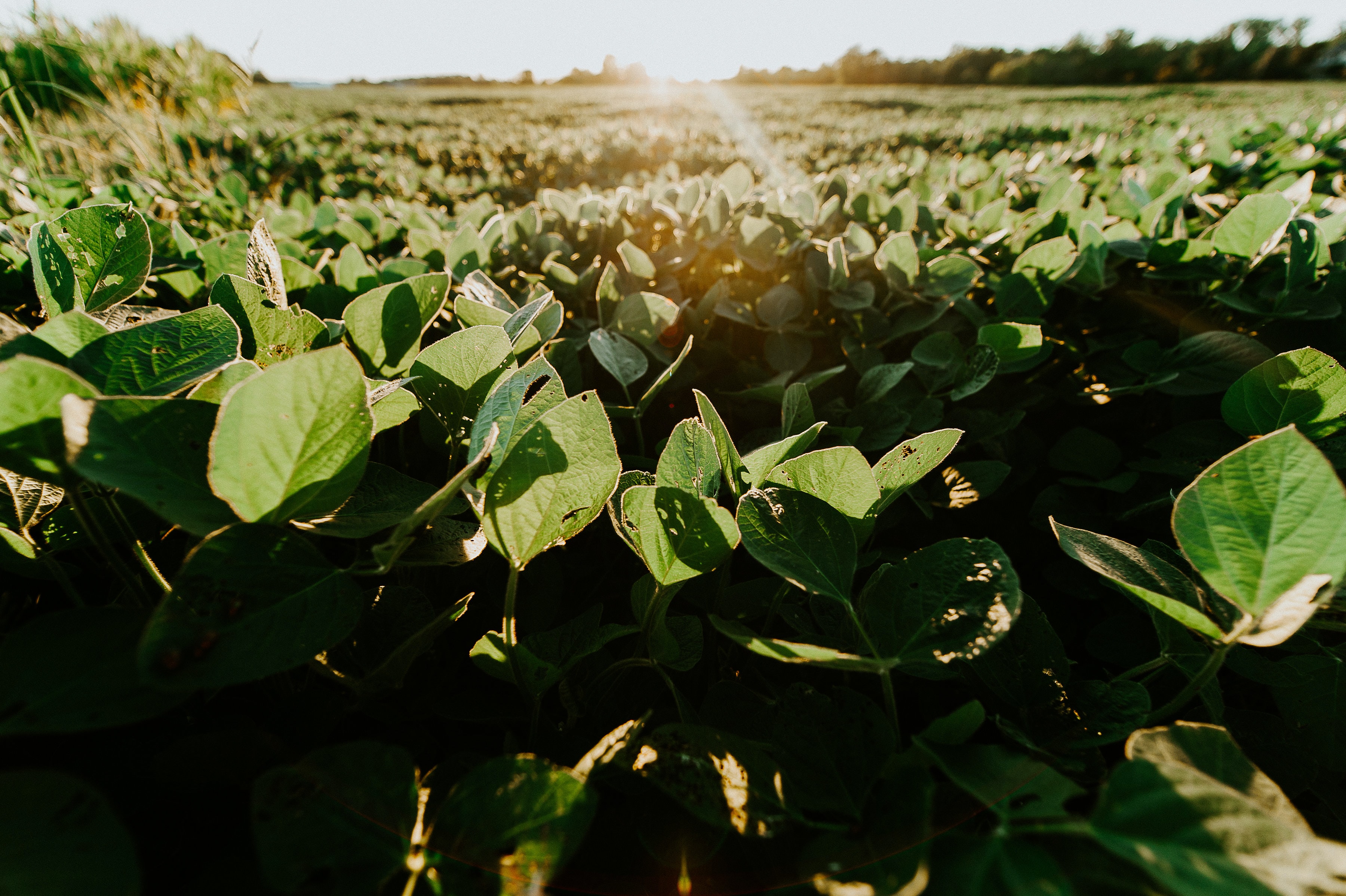A quantitative review into the contributions of biological nitrogen fixation to agricultural systems by grain legumes
by Palmero, F., Fernandez, J. A., Garcia, F. O., Haro, R. J., Prasad, P. V., Salvagiotti, F., & Ciampitti, I. A.
Published in European Journal of Agronomy, 136, 126514. 2022.
This study introduces a quantitative comparison of legumes at a coarse spatial scale on N use efficiency and Ndfa calculated as the slope of fixed N-to-total N relationship for the aboveground fraction.
Highlights
- Legumes did not differ on their average to fix N, except for common bean.
- Common bean had the largest N-gap between potential and mean N fixation.
- White lupin showed the largest shift when roots were included into the N balance.
- The partial N balance was highly variable, but greatly dependent on straw N concentration.
Abstract
Legumes play a key role in the sustainable intensification of agricultural systems, improving biodiversity, ecosystem services, and reducing the dependency of food production on nitrogen (N) fertilizers. This review aims to: (i) quantify seed yield per kg of total aboveground N and fixed aboveground N, (ii) study the N derived from the atmosphere (Ndfa) (as the slope of fixed aboveground N-to-total aboveground N relationship) and its potential, and (iii) estimate the partial N balance and the impact of belowground N on the net contribution of fixed N after seed harvest.
We retrieved 83 studies (n = 889 data points) investigating biological N fixation, spanning from 1982 to 2020, and focusing on blue lupin (Lupinus angustifolius L.), chickpea (Cicer arietinum L.), common bean (Phaseolus vulgaris L.), cowpea (Vigna unguiculata (L.) Walp), faba bean (Vicia faba L.), field pea (Pisum sativum L.), groundnut (Arachis hypogaea L.), lentil (Lens culinaris Medik) and white lupin (Lupinus albus L.).
The overall Ndfa did not change across legumes (0.84 kg fixed aboveground N kg total aboveground N-1), except for common bean (0.57 kg fixed aboveground N kg total aboveground N-1). In addition, common bean showed the lowest potential for the Ndfa (0.95 quantile slope), with the largest N-gap between potential and mean N fixation (0.5 quantile slope). The straw N concentration (r2 = 0.47) was the main contributor to the variation in the partial N balance. The incorporation of the belowground N to estimate overall N balance showed that this fraction is a key component to study the role of legumes in maintaining soil N fertility in agricultural systems. Future studies should accurately quantify both above- and below-ground contribution to N fixation process in order to improve the estimation of field N balances in legume-based systems
Citation
Palmero, F., Fernandez, J. A., Garcia, F. O., Haro, R. J., Prasad, P. V., Salvagiotti, F., & Ciampitti, I. A. (2022). A quantitative review into the contributions of biological nitrogen fixation to agricultural systems by grain legumes. European Journal of Agronomy, 136, 126514.
Image credit: Pexels
